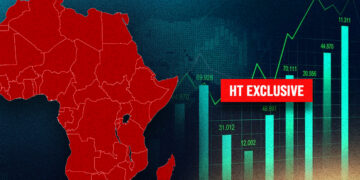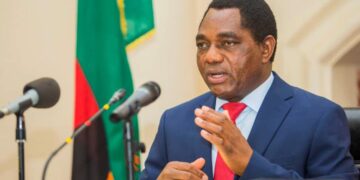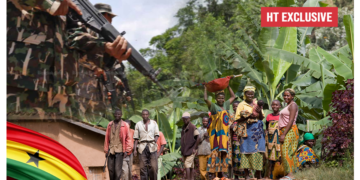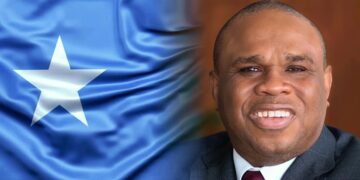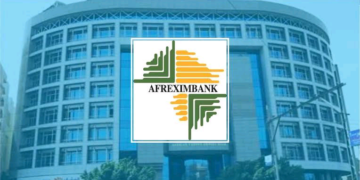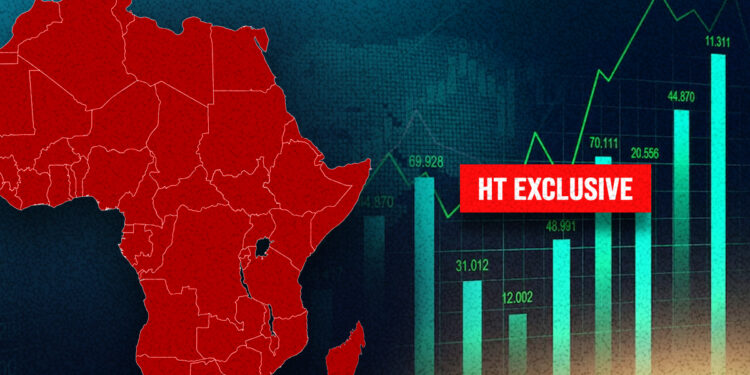By John Ikani
Having reviewed our major economic-inclined continental stories and analysis from the past year and a few days into 2024, here are projections that paint pictures of Africa’s economic landscape and give us a hint of some things to expect in the coming months.
1. World’s Second Fastest-Growing Region
Africa is projected to experience robust economic growth in 2024, with the IMF forecasting a 4% growth rate, positioning the continent as the second-fastest-growing economic region globally, following Asia.
This optimistic outlook is supported by expectations of a rebound in growth, with governments in many African countries aggressively committed to working towards economic recovery.
2. South Africa Flips Nigeria?
South Africa is poised to surpass Nigeria and Egypt as the largest economy in Africa in 2024. According to the IMF, the rainbow nation is expected to briefly claim the title of Africa’s largest economy in 2024, with its economy reaching $401 billion, surpassing Nigeria’s $395 billion and Egypt’s $358 billion.
This shift is attributed to the shrinking GDP of Nigeria and Egypt in dollar terms, contributing to South Africa’s transient emergence as the largest economy on the continent.
3. Niger Republic To Be Africa’s Fastest Growing Economy
Heavily sanctioned junta-led Niger is projected to be Africa’s fastest-growing economy in 2024, with an impressive growth rate of around 11.1%, according to the International Monetary Fund (IMF). This is a significant jump from its 7.6% growth in 2023.
READ ALSO: Nigeria: Despite Unstable Power Supply In 2023, Discos Raked In Over N1trn Profit
While the oil sector is the main driver of Niger’s growth, the uranium price hike following the coup in Niger is one of the factors contributing to the projections of Niger as Africa’s fastest-growing economy in 2024.
Away from Niger’s extractive industry, the nation is also working to diversify the economy and make it more resilient to fluctuations in oil prices. It is investing in agriculture, tourism, and renewable energy, among other sectors.
4. Mining Contracts Review
In light of rising demand and prices, several African governments are actively reassessing their agreements with mining companies to enhance the overall value of their extractive resources.
Notable contract renegotiations are currently underway in Botswana and the Democratic Republic of the Congo (DRC), while Mali and Burkina Faso have introduced new mining regulations.
5. Pan-African Payment System (PAPSS)
The Pan-African Payment and Settlement System (PAPSS) is a cross-border financial market infrastructure that facilitates instant and secure cross-border payments across the continent.
With PAPSS, African businesses and individuals can send and receive payments in their local currencies, fostering intra-African trade. The system is designed to reduce transaction times to seconds and lower costs significantly, providing a seamless platform for processing, clearing, and settling payments between countries on the continent.
Afreximbank, the institution behind PAPSS, has incorporated 10 African central banks into the system and is committed to foreseeing the participation of the rest of Africa’s central banks before the end of 2024.
Possible Drags
While the afforelisted projections paint an auspicious reality, it is worth noting that they are not immune to some underlying factors, or should we say clogs on the wheels of progress? They include:
1. Rising Debt Burden
2024 is already off to a less promising start with no fewer than nine African nations in debt distress. An additional 15 face a high risk, and 14 are at moderate risk. Notably, Zambia and Ghana have defaulted on their debts, and Ethiopia has recently joined them in this unfortunate situation.
As the year progresses, there will be raging conversations about Africa’s debt burden as the combination of heightened interest rates and a strengthened dollar has increased the cost for African nations to manage their dollar-denominated debt, leading nations of the resource-rich continent into deeper financial distress.
2. Conflicts/Terrorism
In 2024, the Sahelian region is expected to remain a focal point for terrorism. Sub-Saharan Africa accounted for 48% of global terrorism-related deaths in 2023, with attacks extending beyond traditional hotspots like the Sahel and the Horn of Africa to encompass Southern Africa and the coastal areas of West Africa.
Persistent conflicts, weak rule of law, human rights violations, discrimination, exclusion, and high unemployment rates have all contributed to the escalation of these crises.
Additional areas of concern in 2024 include the eastern Democratic Republic of Congo (DRC), northern Mozambique, certain regions in Cameroon and Somalia, with the possibility of renewed tensions in Ethiopia. The armed conflict in Sudan may lead to a de facto partition of the country.
3. Coups/Political Instability
A wave of military coups, nine since 2020 culminating in Gabon and Niger in 2023, has sent shockwaves through the continent, casting a stark light on the vulnerability of constitutional rule.
Precariously balanced regimes in Burkina Faso, Mali, and Niger face mounting internal pressures, raising the terrifying prospect of further instability and regional contagion.
